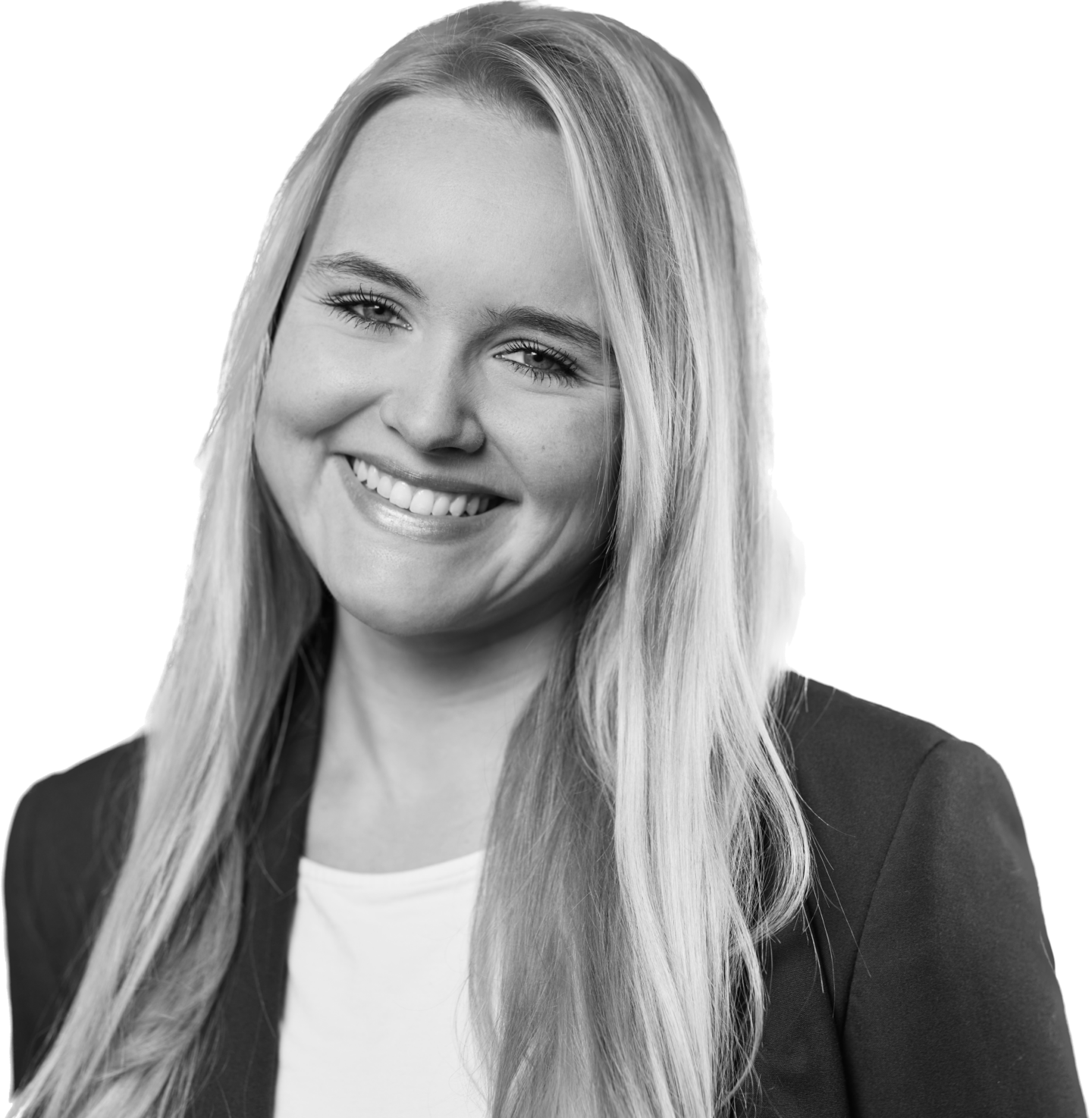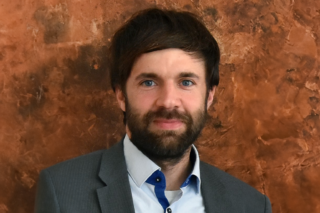Digitized laboratory at the TH Rosenheim
Orchestra enables comprehensive use of data in Additive Manufacturing 4.0

Use of production data – a major added value of “Additive Manufacturing”
Additive Manufacturing is colloquially known as 3D printing. This is an innovative manufacturing process. In contrast to conventional processes, in which components are manufactured by removing material, as is the case with milling, for example, an element is “built up” layer by layer in Additive Manufacturing. This process significantly increases the degree of flexibility in production and is particularly relevant for prototype construction. However, additive processes are also becoming increasingly popular in series production. This is mainly due to the fact that Additive Manufacturing makes it possible to record and document production data in detail and use it afterwards, e.g. through data science.
This is a crucial point in the aerospace and medical technology sectors, for example, where it must be possible to prove that all components have been manufactured flawlessly and in compliance with regulatory requirements. This is the only way to ensure that a rocket component does not break apart or that a prosthesis is free of defects after completion.
What is the aim of the “Additive Manufacturing” laboratory at the TH Rosenheim?
Apart from the fact that the laboratory offers students from all disciplines insights into Additive Manufacturing processes, a second aspect is also essential: in addition to the topics of design and process monitoring, the laboratory also houses a learning factory. Its aim is to digitally simulate the entire Additive Manufacturing process chain and detect anomalies at an early stage. This makes it possible to deduce how production errors occur. This knowledge can be used to prevent production errors in the future. This not only increases productivity, it also enables the design to be adapted in advance if necessary and thus improved.
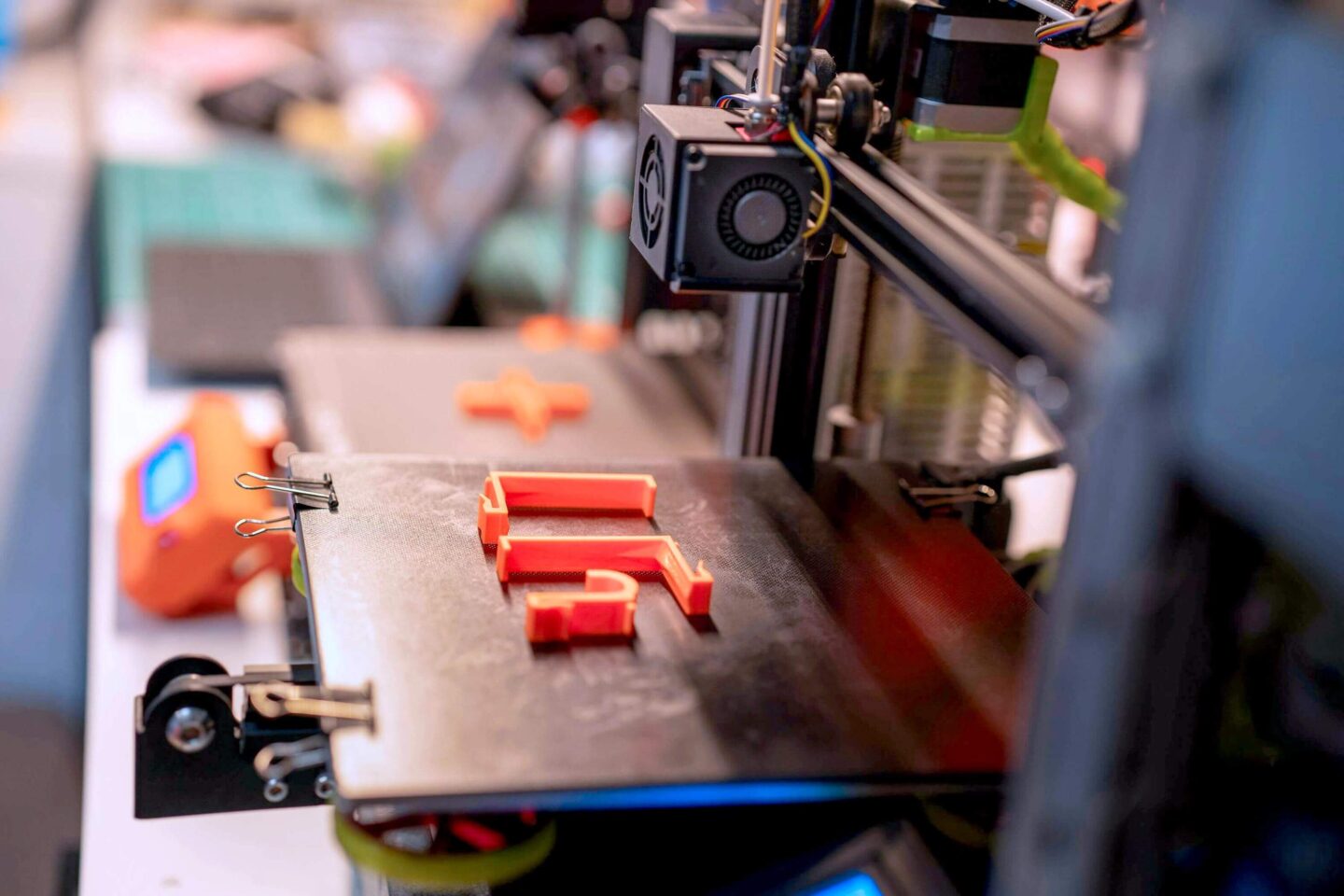
The laboratory also shares all the knowledge gained with real companies, as it serves as a point of contact for them when it comes to Additive Manufacturing processes. Traditionally, large companies usually use mass production techniques in their manufacturing processes. Additive Manufacturing, on the other hand, is used for smaller batch sizes or batch size one.
Through their work, the lab team aims to show that Additive Manufacturing processes can also be a suitable solution for small companies and even craft businesses – if you know how to use them correctly.
By using edge devices or simple solutions based on a Raspberry Pi, such topics can also be implemented cost-effectively and without in-depth expert know-how or specialist personnel.
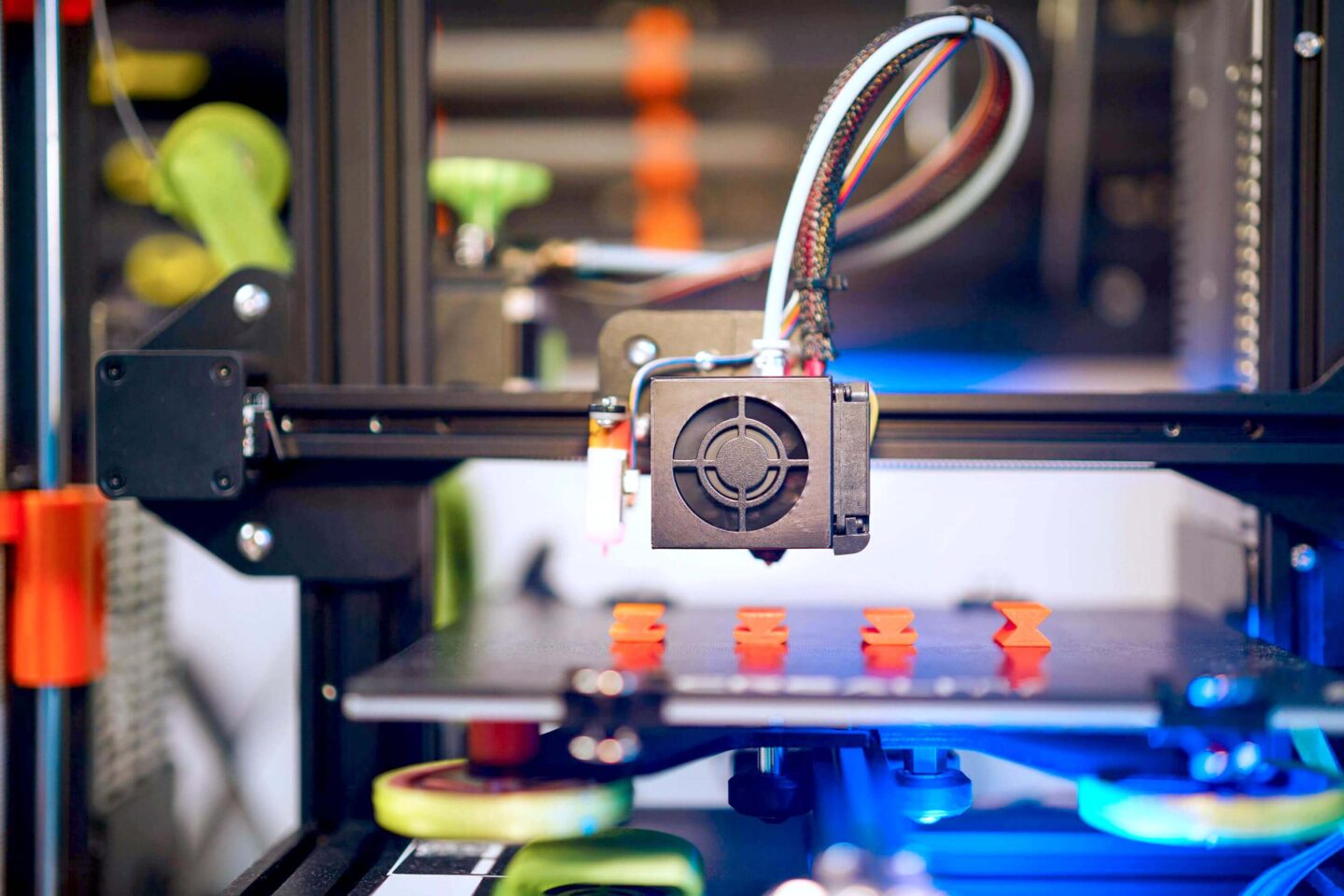
Orchestra provides me with an important basis for implementing a multi-sensor concept in the field of Additive Manufacturing processes. This allows me to combine data from different sensor types, manufacturers and interfaces in the best possible way and prepare it for later analysis and evaluation.
The challenge in the laboratory at TH Rosenheim:
Standardizing heterogeneous production data
In order to record the production data, the laboratory at Rosenheim Technical University of Applied Sciences uses a wide range of different types of sensors to monitor the production process. These include cameras that record images. However, laser power measurements, eddy current tests, thermographic images and general condition monitoring data are also supplied. This comprehensive data acquisition is the only way to prove that production is fault-free throughout the entire process.
The challenge now lies in standardizing the heterogeneous production data. In most cases, the data from the individual sensors is processed as packages in separate evaluation software. Users have to familiarize themselves with these software applications individually in order to be able to operate them. This costs time and resources. In addition, the data processed in the respective programs is then available in different formats.
What was particularly important to the customer when implementing the project?
At the beginning of the collaboration, the contacts in the laboratory at Rosenheim Technical University of Applied Sciences knew exactly which aspects were important to them when implementing a software solution:
How was the solution designed?
In order to map all relevant requirements, a requirements presentation was created before the start of the collaboration, which included all aspects that were important to the laboratory at Rosenheim Technical University of Applied Sciences. These requirements were discussed and implemented in close cooperation with an expert from soffico consulting.
This is how the cooperation between TH Rosenheim and soffico still works today. This offers the advantage that new framework conditions or requests can be addressed quickly and easily and the Orchestra instance can be adapted accordingly.
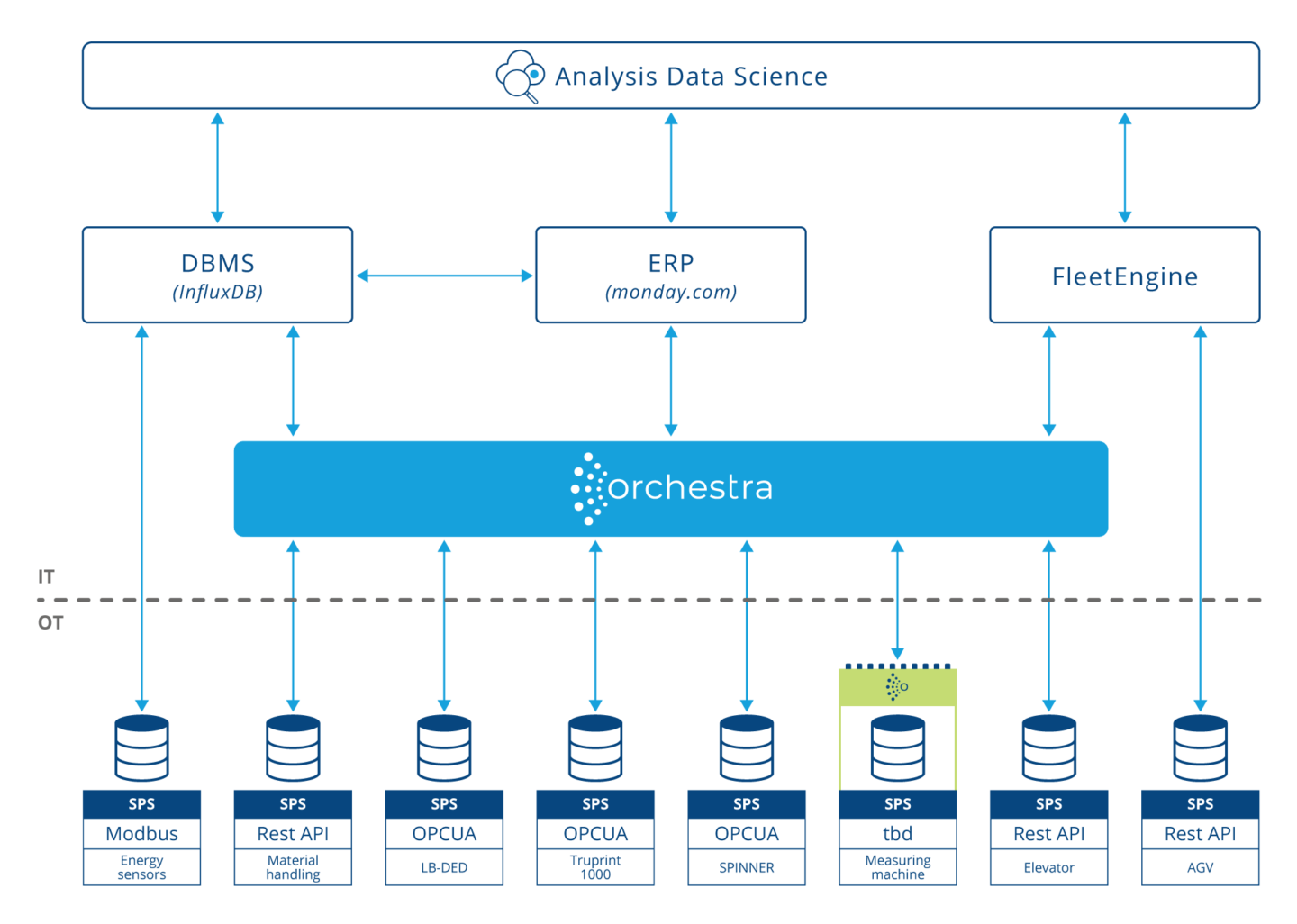
Advantages in the laboratory at TH Rosenheim that arise from the use of Orchestra:
In general, the use of Orchestra makes everyday work easier in many ways. For example, no programming knowledge is required to use Orchestra as a low-code data integration platform, no documentation needs to be written and familiarization is quick and uncomplicated. The software solution is also reliable and extensively tested. However, if questions arise, the soffico consultants can help with their expert know-how.
In addition, there are further advantages for the application area in the laboratory at TH Rosenheim:
Sarah Blomeier
